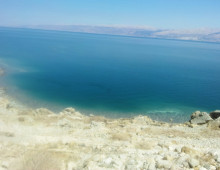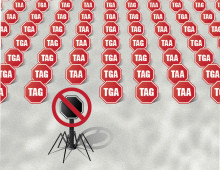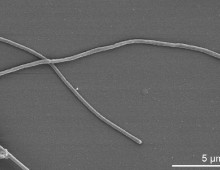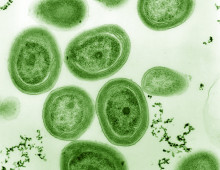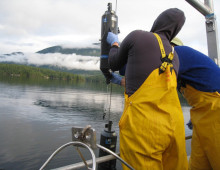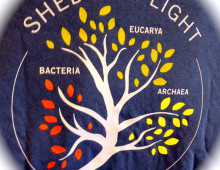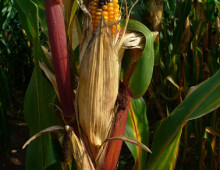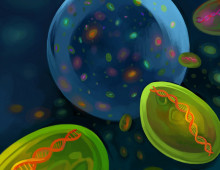Seeding a salty agricultural future
Fungal genome offers insights into growing crops in salty environments. The Science: Researchers sequenced and analyzed the genome of an extremophilic fungus that has adapted to thrive in the Dead Sea. The Impact: The genome provides information on how the fungus can tolerate extremely salty conditions. As climate change continues to affect agricultural lands and… [Read More]
